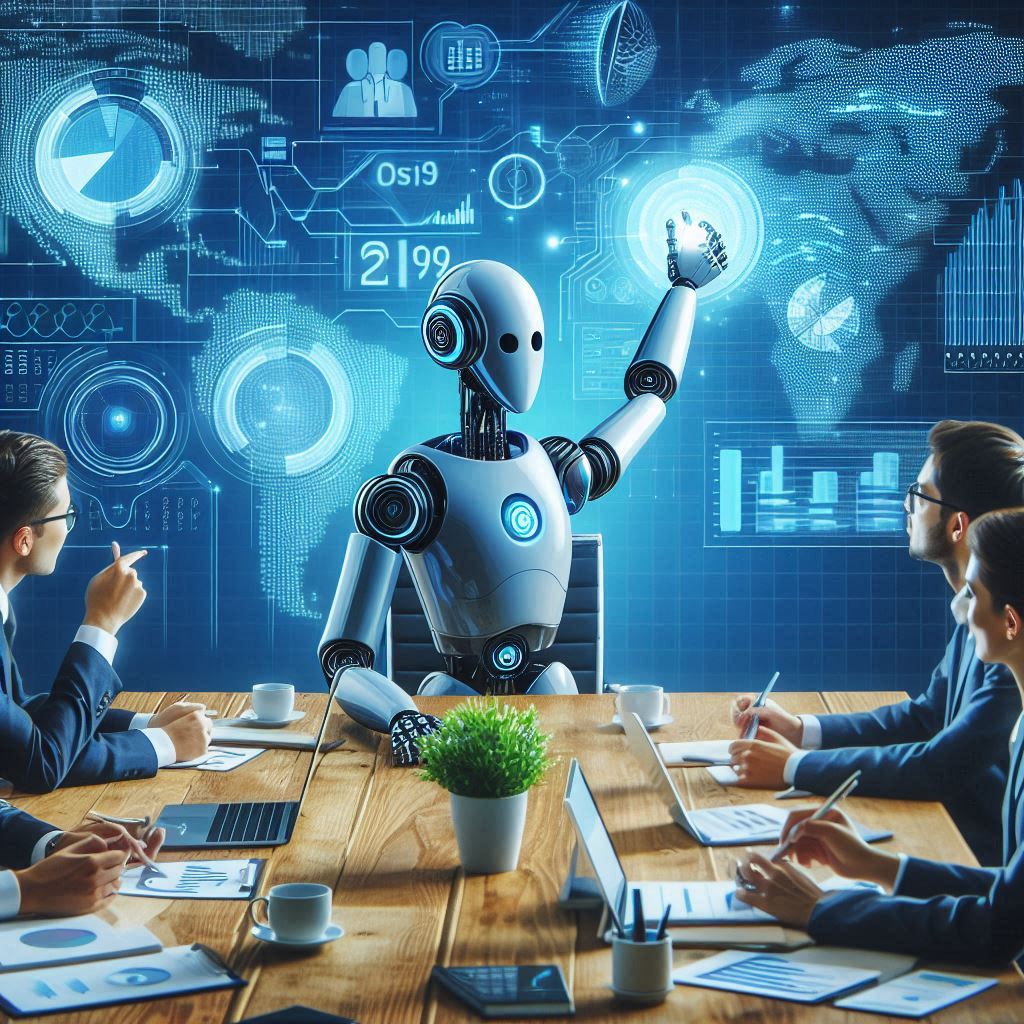AI Meeting Assistant: Revolutionizing the Way We Collaborate
In today’s fast-paced business environment, time is among the most valuable resources. Meetings play a central role in how organizations function, but they are often riddled with inefficiencies—unclear agendas, lack of follow-ups, missed action items, and no proper documentation. The rise of the AI Meeting Assistant is changing this dynamic dramatically by automating and enhancing the entire meeting process.
An AI meeting assistant is a smart tool that uses artificial intelligence to streamline how meetings are conducted, recorded, and acted upon. Its core features typically include automatic transcription, intelligent note-taking, real-time summaries, action item extraction, speaker identification, and integration with calendar and task management tools. It listens to conversations, processes them in real-time, and provides meaningful insights that help attendees focus on decision-making rather than documentation.
One of the most valuable benefits of AI meeting assistants is time-saving. Manually taking notes and distributing minutes of the meeting (MoM) can be a tedious process, especially for large teams or during fast-paced discussions. AI tools can instantly generate comprehensive summaries, highlight key discussion points, and even suggest follow-up actions based on the conversation. This not only speeds up post-meeting processes but also improves accountability, as everything is accurately documented and traceable.
Another powerful advantage is inclusivity and accessibility. For remote and hybrid teams, AI meeting assistants can bridge communication gaps by offering live captions and transcriptions. This is incredibly beneficial for non-native speakers or hearing-impaired participants, ensuring that everyone remains on the same page. Additionally, AI assistants often support multilingual transcription, enabling global teams to collaborate without the language barrier.
Integration with collaboration tools such as Microsoft Teams, Google Meet, Zoom, Slack, Trello, and Asana further enhances the assistant’s utility. For example, if a project update is discussed during a meeting, the AI can directly create a task card in Trello or assign responsibilities in Asana. This seamless flow of information reduces manual errors and ensures that nothing slips through the cracks.
AI meeting assistants are also valuable in improving meeting quality. By analyzing recurring patterns in meetings—like who talks the most, how long meetings usually take, or how often action items are completed—they can provide data-driven insights to help managers optimize future meetings. For instance, if a tool reports that meetings frequently run over time or that only a few participants contribute meaningfully, adjustments can be made to improve engagement and time efficiency.
From a security and privacy standpoint, most modern AI assistants are built with enterprise-grade security. End-to-end encryption, GDPR compliance, and customizable data retention policies ensure that sensitive business information remains protected. Users often have control over who can access transcripts and how long data is stored.
Use cases of AI meeting assistants span across various industries. In healthcare, they help doctors transcribe patient meetings. In legal firms, they assist in client interviews and case discussions. In sales, they track and analyze client calls to improve pitches. In HR, they simplify the process of interviewing and onboarding. Startups use them to keep track of brainstorming sessions and investor meetings, while large enterprises rely on them to coordinate between departments across time zones.
While the technology is robust, it’s also constantly evolving. With the integration of natural language processing (NLP), AI assistants are now capable of understanding context and sentiment. They can differentiate between a question, a decision, and a casual remark. Some advanced assistants can even flag follow-up questions, suggest scheduling a future meeting, or detect when a discussion goes off-topic.
Despite their benefits, it’s important to note the ethical considerations surrounding AI meeting assistants. Participants should always be informed when a meeting is being recorded or transcribed. Transparency builds trust and ensures that everyone is comfortable with how their data is being used. Companies should have clear policies in place and provide training to ensure responsible usage of these tools.
The future of AI meeting assistants looks even more promising. With advancements in generative AI, we can expect assistants that can not only record and transcribe but also participate in meetings—providing data, answering questions, or reminding attendees of previous decisions in real-time. Virtual meeting rooms powered by AI could eventually act as intelligent collaborators, not just passive listeners.
In conclusion, AI Meeting Assistants are transforming the way we plan, conduct, and follow-up on meetings. They offer immense value by saving time, improving communication, enhancing productivity, and ensuring inclusivity. As organizations become increasingly digital and distributed, these tools are no longer a luxury—they are a necessity for staying competitive and efficient. Companies that embrace this technology today are not just optimizing their meetings; they are future-proofing their collaboration culture for the challenges and opportunities of tomorrow.
